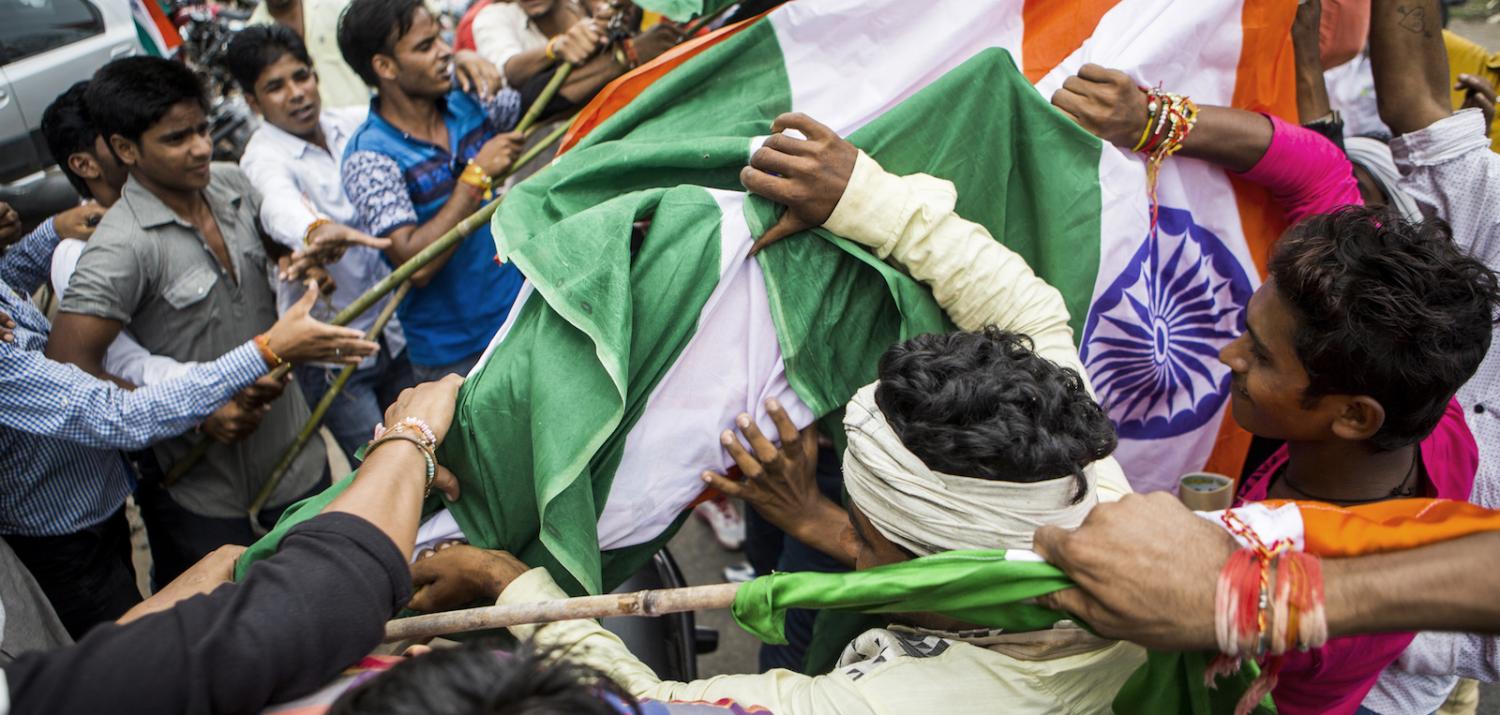With its mammoth general elections due in April or May, Indian politics is entering full-bodied election mode. India’s 900 million voters are set to decide whether to return Prime Minister Narendra Modi to office, or not, in elections that some are describing as the most important since Independence. Modi swept to power in 2014 thanks to immense personal popularity, and many are trying to gauge whether he can pull the same trick again.
The BJP, once assured that Modi’s immense personal popularity as a strongman would help it coast back into office, now finds its position shaky.
A couple of things are certain. One is that the landscape in India has shifted perceptibly over the past five years, particularly with the rise of pro-Hindu sentiment which has, at times, spilt over into violence against minorities.
Another is that this election is being viewed as a major test for India’s very soul as an inclusive democracy, one that gives all religions a seat at the table, and takes seriously its commitment to elevating lower classes and castes.
These foundational elements have been tested over the past five years, both in the rise in communal tensions and also in the country’s billowing yet unequal wealth. For all the good intentions of the economy’s tillers, growth has not been inclusive and most of the bottom 500 million people find themselves completely shut out of India’s wealth story.
The backdrop to all of this is a climate of economic anxiety, where unemployment is at its highest since the early 1970s, with young people particularly affected.
The BJP, once assured that Modi’s immense personal popularity as a strongman would help it coast back into office, now finds its position shaky. In December, the party lost power in three key state polls: Rajasthan, Chhattisgarh, and Madhya Pradesh, which could be taken as cases of anti-incumbency. But at the same time, the results indicate that voters, particularly in rural areas, aren’t happy. Regional factors, such as the Sabarimala Temple protests in Kerala in recent months, are also an issue. Indians are always going to be more loyal to local players who campaign on issues that affect them, rather than ideology from the centre.
Other issues that plague the government include demonetisation, its shock 2016 announcement that it would remove 1000-rupee and 500-rupee notes from circulation overnight. The decision, billed as an attempt to reduce tax evasion, led to chaos, and was later criticised by the new International Monetary Fund chief economist, Indian-American Gita Gopinath, as detrimental to the Indian economy.
Another of the government’s key economic reforms, the introduction of a goods and services tax, also struggled with implementation woes which impacted small businesses and is believed to be a factor in the BJP’s state electoral losses.
The government is also dogged by the ongoing issues surrounding farmers. Agriculture remains India’s largest sector, yet farmers, faced with mounting debts and other issues, are deeply unhappy. Thousands commit suicide each year, and farmers have been calling on the government to change policies to give them relief.
The BJP is now trying to – perhaps belatedly – woo lower-income votes. Earlier this month, the government announced it would provide income support to 123 million smallholder farmers, giving them 6,000 rupees (AU $119) per year.
The main opposition party, Congress, is also in a generous mood. Party leader Rahul Gandhi told farmers last month that it would, if elected, provide a universal basic income (UBI) to the country’s poor.
Outside Delhi too, the fractious fray of regional politics could prove a headache for the BJP. In the largest state, Uttar Pradesh, the former* ruling Samajwadi Party – helmed by Australian-educated Akhilesh Yadav – has entered into an alliance with its one-time sworn enemy, the Bahujan Samaj Party (BSP), which is led by former state chief minister Mayawati, best known for her statue-building and omnipresent handbags.
Two other senior female politicians are also threatening Modi’s continued rule. Priyanka Gandhi Vadra, Rahul Gandhi’s sister and part of the Gandhi political dynasty, is using her natural charm and popular appeal to woo voters towards Congress in Uttar Pradesh, where she is taking a leading role in campaigning.
Mamata Banerjee, a former government minister and from a regional party in West Bengal, is campaigning against BJP. Last month, she hosted a “mega rally” in Kolkata, to loudly protest the ruling right-wing party. Hundreds of thousands of people attended, including representatives of almost all opposition parties.
In the absence of reliable opinion polling data, it is hard to get a read on which way the electorate will sway, come April/May. Modi’s personal appeal remains strong, and many voters are keen to avoid returning to what they see as the bumbling, inefficient, and downright corrupt ways of a Congress-led government. Yet disquiet over economic factors is growing, not helped by things like last month’s unemployment figures. One thing is certain: Modi cannot take anything for granted.
* Thanks to reader Grant for pointing out a change here.

